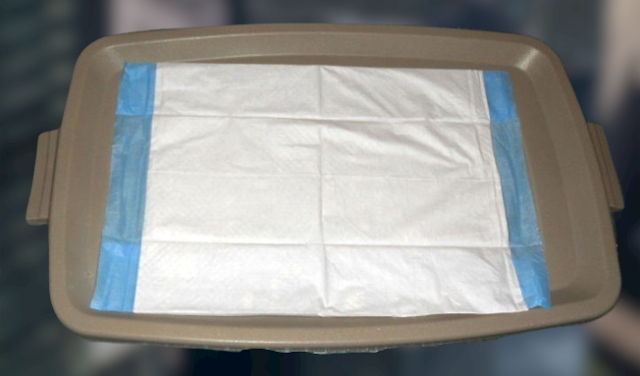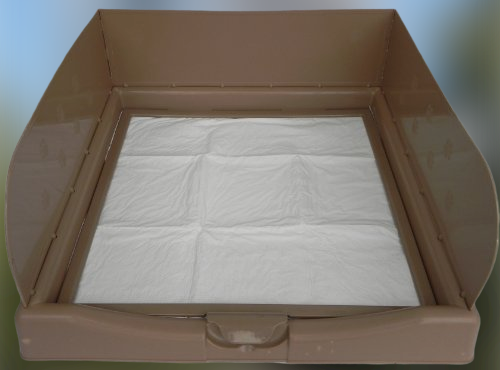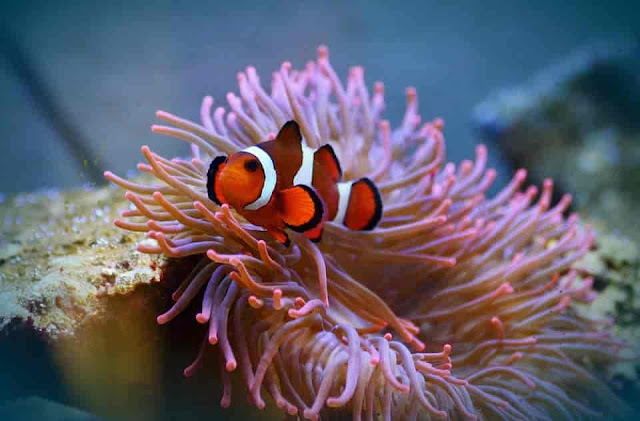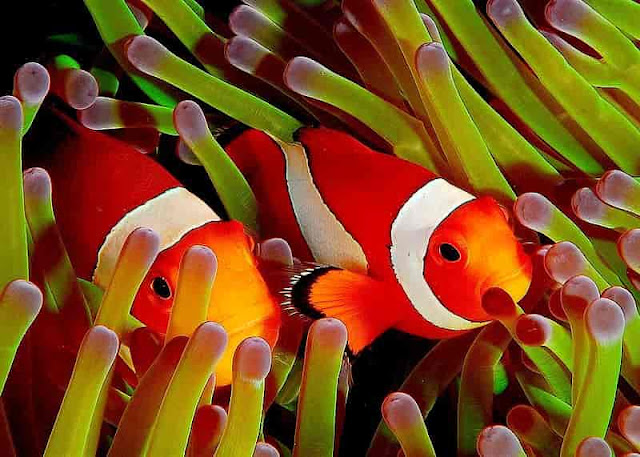Dog pee pads
Puppy pads can be a great tool for your home and your dog. Absorbency and a leak-proof design are two of the most essential things to consider when looking for the best puppy pads, but your choices go beyond that, with everything from reusable polyester pads to real grass patches. To narrow down the right option for your needs, you'll want to look at two main factors:
 |
| Dog pee pads |
Construction
Most puppy pads have multi-layer constructions that serve
different functions. Look for a quick-drying top layer, a leak-proof design,
and odor control. Depending on what works best for your pet, you'll also want
to consider a pad with a built-in attractant, which helps guide your dog to the
pad, especially if your pup is new to using pads. You'll also want to think about
where you'll place the pad in your home and the flooring as an adhesive
can help keep the pad in place, to avoid any unnecessary mess from the pad's
slippage.
Size
The right size pad will depend on both your dog's size and
how long they'll be alone. The picks below come in a variety of sizes, ranging
from around 18 by 24 inches to 36 by 72 inches. If you have a bigger dog, or
you'll be out for most of the day, it's important to choose a larger-sized
potty pad so your pet won't run out of space when relieving themselves.
From lavender-scented pads to adhesive options, read on to
find the one that works best for you and your puppy.
1. Dog pee pads amazon
What's great about it: With over 9,000 reviews, Amazon basics puppy pads are efficient, affordable, and dependable. With a core that's super
absorbent, these pads instantly turn a liquid into a gel, making them quick-drying
and mess-free. Leak-proof with a 1.5-inch plastic border that prevents
overflow, plus five layers to protect your floor, this pad even has a built-in
attractant to help puppies learn to use the pad. Available in
What fans state: "[
2. Reusable puppy pads
What's great about it: For those who want a reusable option,
this SinCo it's
What fans state: "These Are substantial enough to
remain set up and the non-slip sponsorship is extraordinary. The dogs can play
and run, but the pads do not move. They machine wash very well."
3. Dog pee pads grass
What's great about it: For a more natural option, this doggie lawn real grass dog potty is ideal for people who live in high-rise
buildings without regular access to grass. Set in a cardboard tray that's
leakproof, this grass option neutralizes odors naturally and is easy to
maintain. Every few weeks, when through with one patch replace with a
new one; with less frequent replacement, it's a great investment and a nice
alternative for dogs that don't gravitate toward traditional pads.
What fans say: "Works Great for our long-haired Chihuahua
4. Puppy pad with adhesive
What's great about it: These premium puppy pee pads will
stay in place because of the (optional) four sticky strips on the pad's bottom.
These tear-resistant pads are made in total,
What fans state: "
2-year-old Havanese
5 Scented puppy pad
What's great about it: These Hartz Home Protection
odor-eliminating gel dog pads are lavender-scented and help prevent both leaks
and odors. When any liquid hits the pad, the material uses
"Flash-Dry" technology to lock in moisture and bind with urine
molecules to eliminate odor. Constructed with six layers, this pad also keeps
urine spots small to leave more room for your pet to relieve themselves.
Its plastic backing and border protect floors from spills. While
it's available in multiple sizes, it doesn't feature adhesive or an attractant.
What fans state: "These
Sizes: 21 by 21 inches, 30 by 21
inches, 30 by 30 inches
 |
| Dog pee pads |
6. L
Excellent quality puppy training pads which
The measurement of each pad is 28 by 34 inches and gives
puppy owners with is simply replaced a new one is placed performance
The five-layer leak-proof structure of the puppy pad which helps
ensure leak maximum
To train puppies, Amazon suggests owners anticipated
7 Bulldogology
The Bulldog Premium Puppy Pee Pads offer clients
various key highlights including cement sticky tape (which shield the pads from a moving position), worked in
attractant (enables a pet owner to have genuine feelings of serenity when their
dogs housebreak), scent control instruments (keep the house smelling crisp and
clean) and a six-layer retentive pad structure with polymer innovation.
The six-layer structure is strengthened
The Puppy Pee Pads additionally have various uses
other than indoor uses, for example, in pet hotels and canine containers when
voyaging. The maker makes reference
For more exotic pet updates, please click here.
.







